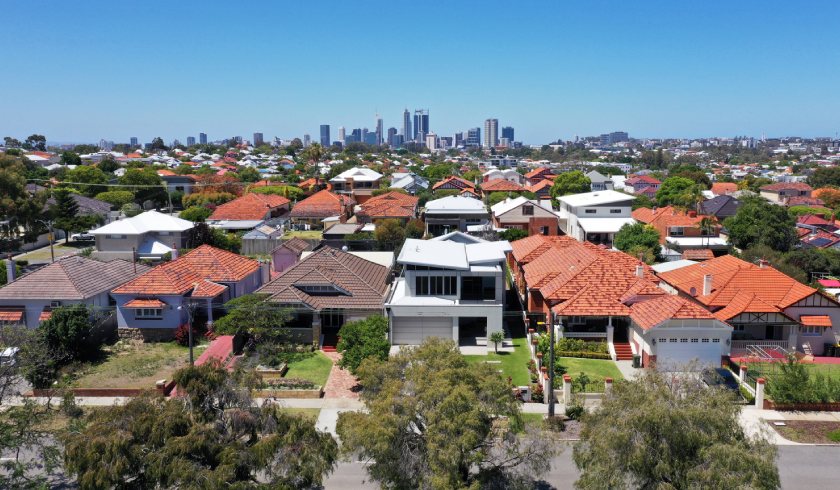Smaller blocks, same house sizes: Why Aussies are paying more for less land
A new report revealed that while the size of the land for new builds has continuously declined over the past decade, the size of houses built on that same block remains virtually unchanged.

Land size for newly built homes has shrunk by 13 per cent over the last 10 years across five major capital cities, data from the Australian Bureau of Statistics showed.
Of all the capitals, Brisbane was the biggest decliner, with residential land sizes in the Queensland capital dwindling by an average of 20 per cent over the period.
Economic analyst at REA Group Megan Lieu gave her insight as to why Brisbane is becoming more popular among home buyers.
“With more available and affordable land relative to Australia’s largest capitals, demand for land in Brisbane has increased,” she stated.
The analyst added that demand is driven by strong interstate migration into Queensland, as well as a surge in the number of Brisbanites building homes.
Looking further into the data, Sydney was not far behind Brisbane, with blocks of land in the NSW capital shrinking by 18 per cent over the last decade.
Melbourne and Perth housing land sizes contracted by 12 per cent and 11 per cent, respectively, in the last 10 years. Meanwhile, Adelaide saw the smallest decline in block sizes, recording a decline of 6 per cent over the same period.
The great Australian lawn shrinkage
Despite land growing scarcer across the capitals, data showed Aussies are not compromising on the size of their abodes.
According to ABS, the average floor area of new houses approved across capital cities showed less overall change but greater volatility over the same 10-year period.
In 2021, data showed that the average floor area across capitals was 242 square metres, representing a decline of three square meters or 1 per cent over the last 10 years.
ABS observed that the combination of smaller site areas and largely unchanged floor areas of house approvals has also resulted in a new trend: Aussies are now opting out of the big backyard.
Data revealed that Australians are building similar-sized houses with smaller yards, with the ratio of floor-to-site area rising from 0.49 in 2012 to 0.56 in 2021.
This trend is driven by greater densification across cities, ABS stated.
Weighing in on the trend of shrinking lawns, Ms Lieu stated: “As our population grows and land becomes more scarce in metropolitan regions, urban planners will aim to maximise available space.
“As a result, backyards for new builds are likely to shrink further over the next decade.”
Quoting ABS, Ms Lieu said the trend also reflected a combination of factors, such as increased land cost, a greater proportion of new houses being constructed in urban infill locations, and more two-storey houses that maximise living space on smaller lots.
“This data shows that Australians continue to value living spaces, a trend that was apparent before and during the pandemic following lockdowns and the increase in remote working,” she noted.
Of the capitals, Sydney recorded the largest average size in new houses with 254 square metres, followed closely by Melbourne, with new houses in the Victorian capital recording an average floor size of 247 square metres.
In 2012, new houses in Sydney and Melbourne recorded an average floor size of 271 square metres and 241 square metres, respectively.
Commenting on the two biggest cities’ figures, Ms Lieu stated: “This is likely due to their high cost of land relative to the other cities, prompting people to build larger homes which may be proportionally cheaper than purchasing larger plots of land.”
New houses in Brisbane and Perth both had an average floor size of 229 square metres in 2012. However, the median size of dwellings diverged in the two cities over the last 10 years, with the Queensland capital seeing an expansion to 241 square metres while the West Australian capital saw houses shrink to a median size of 214 square metres.
Meanwhile, the average size of new homes in Adelaide also grew from 209 square metres in 2012 to 220 square metres in 2021.

